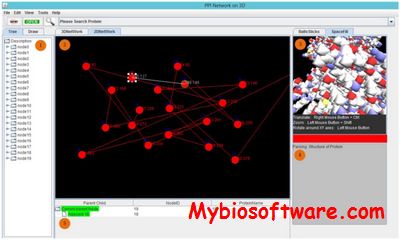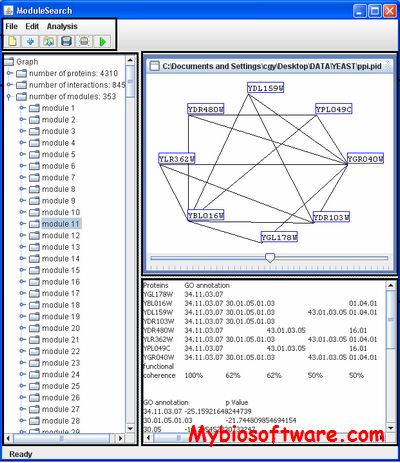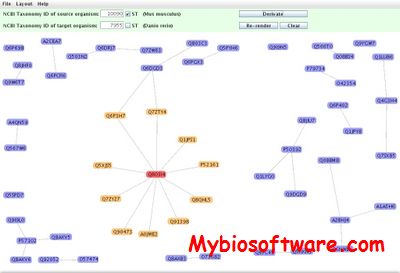HubAlign
:: DESCRIPTION
HubAlign is a software for the alignment of protein-protein interaction networks that is based upon the observation that topologically important proteins in a PPI network usually are much more conserved and thus, more likely to be aligned. HubAlign uses a minimum-degree heuristic algorithm to estimate the topological and functional importance of a protein from the global network topology information.
::DEVELOPER
:: SCREENSHOTS
N/A
:: REQUIREMENTS
- Linux
:: DOWNLOAD
:: MORE INFORMATION
Citation:
Bioinformatics. 2014 Sep 1;30(17):i438-i444. doi: 10.1093/bioinformatics/btu450.
HubAlign: an accurate and efficient method for global alignment of protein-protein interaction networks.
Hashemifar S, Xu J.




